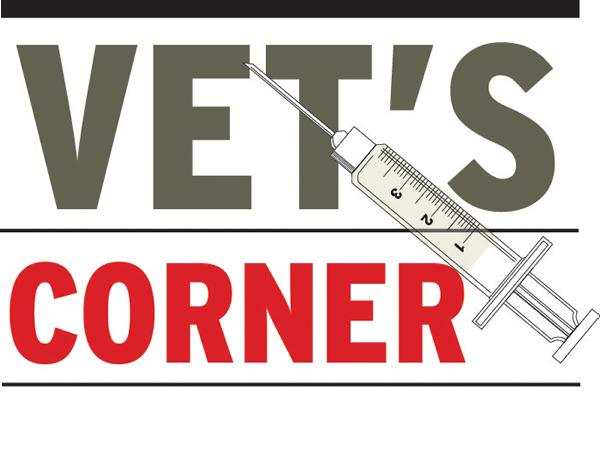
LOYALTY CODE:
The paper code cannot be redeemed when browsing in private/incognito mode. Please go to a normal browser window and enter the code there

LOYALTY CODE:
The paper code cannot be redeemed when browsing in private/incognito mode. Please go to a normal browser window and enter the code there
This content is copyright protected!
However, if you would like to share the information in this article, you may use the headline, summary and link below:
Title: Vet's corner: don't let lameness hobble you
Vet Michael O'Meara discusses lameness on dairy farms and prevention or treatment of same.
https://www.farmersjournal.ie/vets-corner-dont-let-lameness-hobble-you-317039

ENTER YOUR LOYALTY CODE:
The reader loyalty code gives you full access to the site from when you enter it until the following Wednesday at 9pm. Find your unique code on the back page of Irish Country Living every week.

CODE ACCEPTED

You have full access to farmersjournal.ie on this browser until 9pm next Wednesday. Thank you for buying the paper and using the code.

CODE NOT VALID
Please try again or contact us.
For assistance, call 01 4199525
or email subs@farmersjournal.ie
Sign in

Incorrect details
Please try again or reset password
If would like to speak to a member of
our team, please call us on 01-4199525
Reset
password
Please enter your email address and we
will send you a link to reset your password

If would like to speak to a member of
our team, please call us on 01-4199525
Link sent to
your email
address
![]()
We have sent an email to your address.
Please click on the link in this email to reset
your password. If you can't find it in your inbox,
please check your spam folder. If you can't
find the email, please call us on 01-4199525.
![]()
Email address
not recognised
There is no subscription associated with this email
address. To read our subscriber-only content.
please subscribe or use the reader loyalty code.
If would like to speak to a member of
our team, please call us on 01-4199525
 This is a subscriber-only article
This is a subscriber-only article
Update Success !

Recent weeks have seen a noticeable increase in cases of lameness on dairy farms. Examination of these cows is showing that, at this time of year, many of these lame cows are cases of white line disease.
The white line is the line of attachment between the sole of the foot and the side wall. As the softest part of the foot, it is easily damaged and, therefore, is often an entry point for infection. Tracks of infection may cause a localised abscess, may penetrate to cause a deeper abscess or grit and small stones may lodge in the softened widened area causing further pain. Usually, it is the outer hind claw that is affected and in cases where both feet are affected, the lameness may not be very obvious. Recent wet weather and moisture underfoot softens the tissues still further.
Management is the main focus in minimising the incidence of white line disease in dairy herds. Farm roadway maintenance is very important, particularly those near the parlour that are used by the cows most often.
Passageways and collecting yards need to be kept as free as possible from stones. Cows should be handled quietly and allowed to move at their own pace, as white line problems tend to be exacerbated by the impact of movement, especially rapid changes of direction. Excessive driving of cows with quad bikes or dogs is a major cause of lameness in some herds.
For housed cows, it is important that sheds are well designed and have adequate feed space.
Treatment of white line disease depends on the degree of progression of the disease. Mild cases resolve quickly once the lesions are trimmed. Local abscesses must be drained, while deeper abscesses require severe trimming of the hoof and may benefit from the application of a poultice or a shoe.
Where infection is present antibiotic treatment may be needed. Many herd owners now carry out routine hoof paring of cows to detect lesions early and prevent lameness. Routine foot bathing of cows, using products to strengthen the hoof, may also help to reduce incidence.
With increasing herd size comes longer roadways and increased standing times for cows. Early intervention in lameness cases and preventative hoof care will be key to minimising white line disease in these herds.
Michael O’Meara works at Gortlandroe Vet Clinic, St Conlon’s Rd, Nenagh, Co Tipperary. Gortlandroe Vet Clinic is part of XLVets, a group of progressive practices who are working together to achieve a better future for agriculture and veterinary in Ireland. For further information, go to www.xlvets.ie.
SHARING OPTIONS: